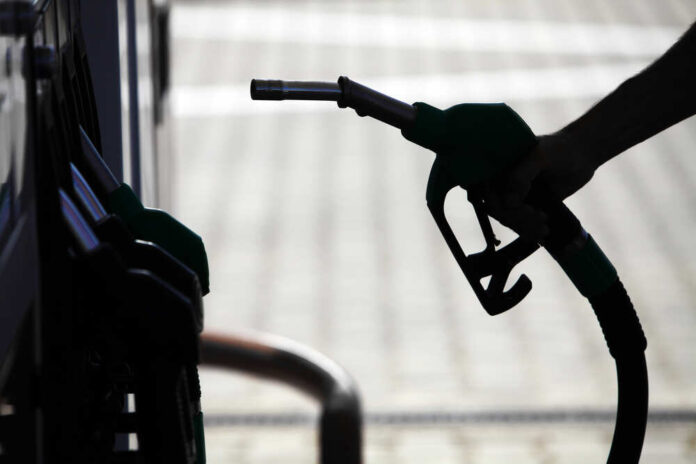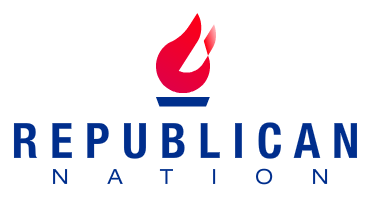
In a Wednesday morning report that will likely fuel concerns over household budgets and put further strain on the economy, August’s Consumer Price Index (CPI) statistics reveal a more significant increase than anticipated. The inflation gauge rose 0.6% over last month and is up 3.7% year-over-year, exceeding the predicted 3.6% annual hike. While the numbers are alarming, what’s driving them makes it a thornier issue.
The most significant factor in this surge is the spike in gasoline prices, which jumped 10.5% in August alone. This considerable uptick coincides with the CPI index level at the beginning of Russia’s invasion of Ukraine. The gasoline index has increased 78% since President Biden assumed office. According to the Bureau of Labor Statistics, the energy index rose 5.6% in August, contributing heavily to the overall inflation picture.
As I've been warning #inflation as measured by the #CPI has bottomed and is now heading higher. Consumer prices rose .6% in Aug, 3.7% YoY, up from a low of 3% in June. Core prices rose .3% on the month, and 4.3% YoY. Consumer price gains will me much greater in 2024 than in 2023.
— Peter Schiff (@PeterSchiff) September 13, 2023
The acceleration in gas prices is hard to ignore for Americans watching their household budgets. Gasoline accounted for over half of the overall CPI increase, overshadowing other categories like shelter, which had been a significant factor in past months. “The index for gasoline was the largest contributor to the monthly all items increase,” underscores a report from ZeroHedge.
On the same day that the CPI data revealed a turnaround in airline fares — up 4.9% after dropping 8.1% in the previous two months — American Airlines cut their earnings outlook. It seems that the transport sector, having outpaced shelter, could become a more persistent driver of core CPI. As Bloomberg notes, “A re-rise in transport CPI would be a problem for stocks and bonds as it has been the primary driver of inflation’s fall over the last several months.”
BREAKING: CPI rose 0.3 percent in August, following a 0.2-percent increase in July.
The all items index increased 3.7 percent for the 12 months ending August, a larger increase than the 3.2-percent increase for the 12 months ending in July. https://t.co/UOOPKquEcc
— Financelot (@FinanceLancelot) September 13, 2023
Even sectors that had appeared stable saw unexpected increases. Motor vehicle insurance soared 19.1%, personal care upped by 5.8%, and new vehicles increased by 2.9% year-over-year. Though core inflation, which strips out volatile costs like food and gas, did decelerate slightly from July’s annual rate, it was still higher than economist expectations.
The food index also increased, recording a 4.3% year-over-year increase, with specific items like meat and pork showing notable hikes. This rise in food prices affects families dining at home and those opting for meals outside, making it increasingly challenging to escape the inflationary cycle.
The current numbers do not bode well for the Federal Reserve’s goal of keeping inflation rates around 2%. With oil prices reaching year-to-date highs and a still-tight labor market, expectations are high that the Federal Reserve may continue its trajectory of rate hikes later this year. Markets, however, are betting on a pause from the central bank in its upcoming September 20 meeting.
For those clinging to the notion that inflation would be “transitory,” as often claimed by proponents of the current administration, these figures may serve as a wake-up call. It may be time to admit that the optimistic view of a “disinflationary soft-landing” seems increasingly like a pipe dream as Americans grapple with a harsh economic reality.














